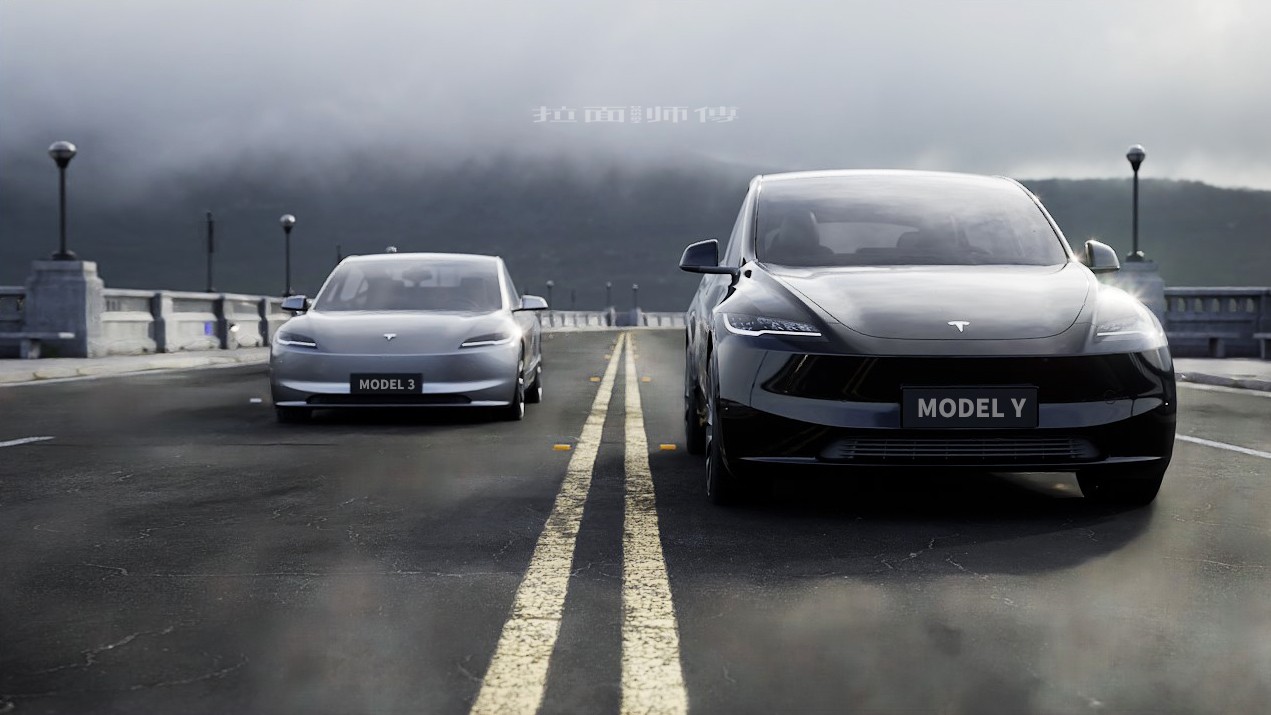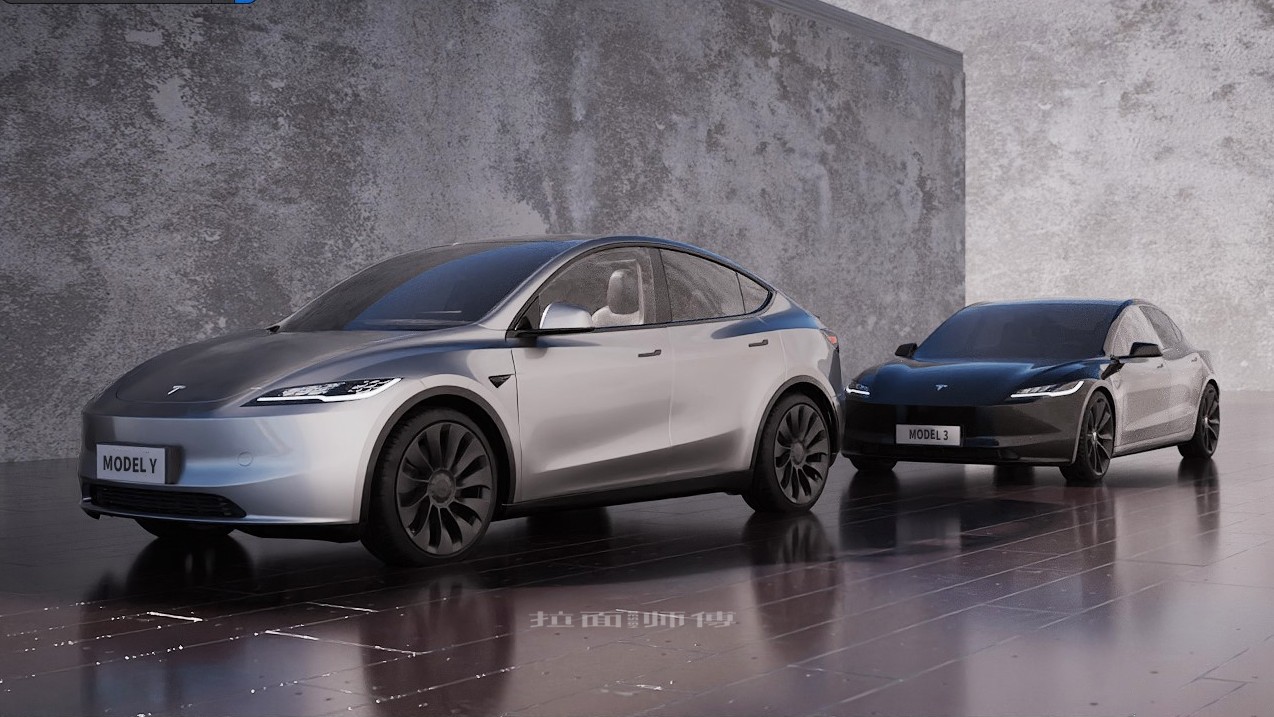In a bid to maintain the Model 3’s competitiveness in a market shifting towards SUVs, Tesla implemented a comprehensive redesign in 2024. Codenamed “Highland,” the update brought a sleeker aesthetic inspired by the Model S and Roadster alongside a host of technological advancements.
Featuring a luxurious interior with features like ambient lighting and ventilated seats, the Model 3 refresh has been a hit, attracting new buyers despite the dominance of SUVs.
This success has led many to anticipate a similar treatment for Tesla’s best-selling vehicle, the Model Y. While the Model Y, often nicknamed the “Model 3 on stilts,” outsold all competitors globally in 2023, it’s now seen as technologically inferior to the updated Model 3.

While rumors swirled about an imminent refresh for the Model Y, dubbed Project Juniper, with production speculated to begin this summer, complexities have caused delays. One contributing factor is the stream of ongoing improvements made to the Model Y, including structural upgrades and suspension tweaks, despite the lack of a visual overhaul.
Potential Model Y buyers are holding off on purchases in anticipation of a rumored redesign, hurting Tesla’s sales. This “Osborne effect” stems from a lack of awareness about Tesla’s frequent software updates, which enthusiasts follow closely but mainstream consumers often miss.
To address this, Tesla assured customers that no major redesign is planned for 2024, even in China. Elon Musk emphasized this on a recent platform, stressing that continuous improvements are Tesla’s norm, with significant changes sometimes occurring within half a year. As evidence, Tesla has already integrated features from the Model 3, like ambient lighting, into the China-made Model Y.

